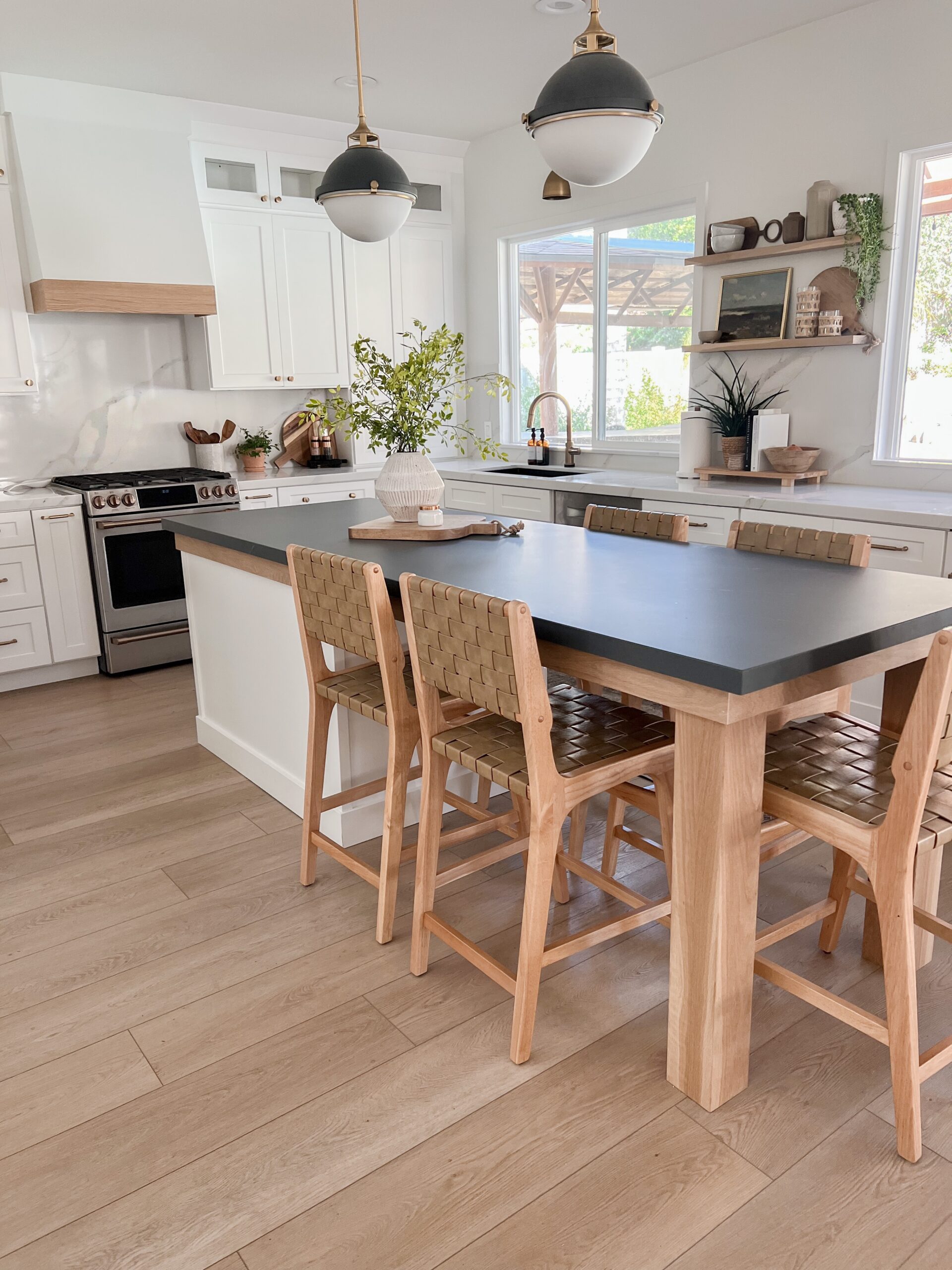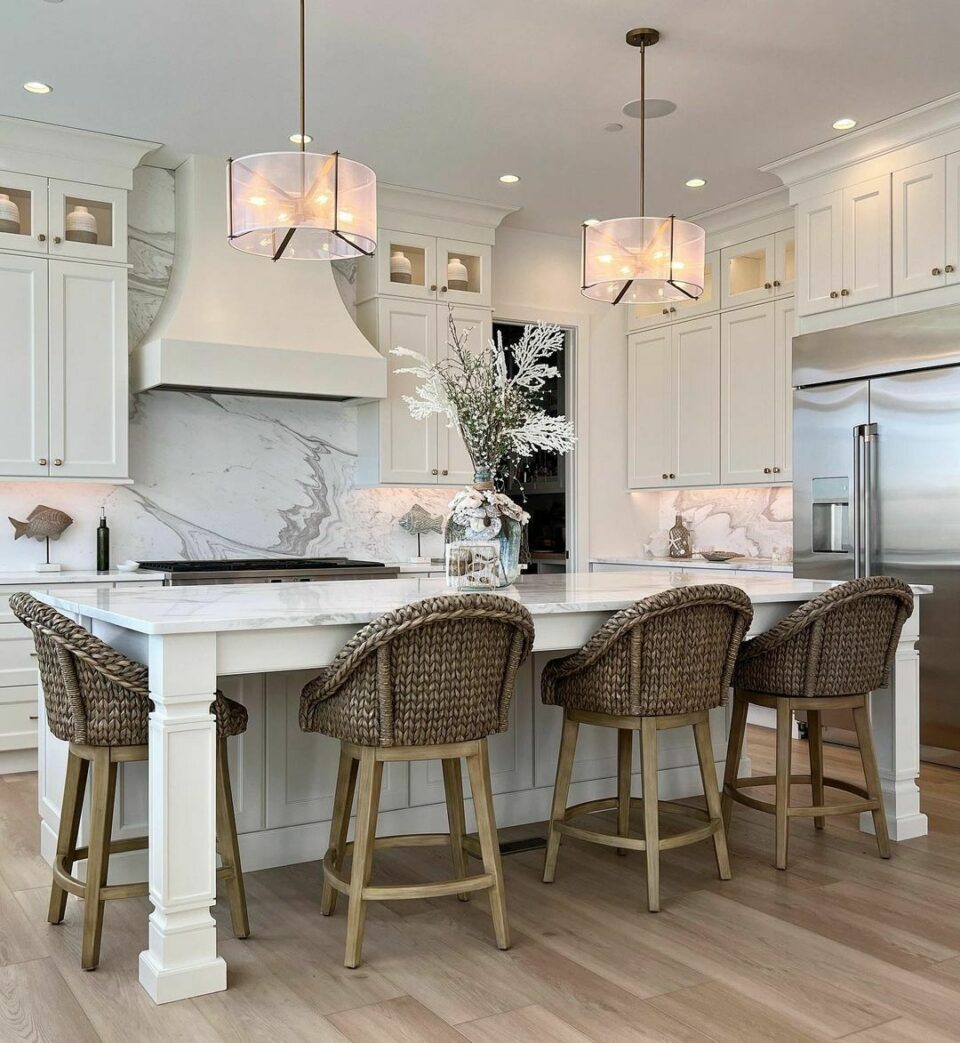Find Sturdy and Attractive Legs For Kitchen Island Improvements
Find Sturdy and Attractive Legs For Kitchen Island Improvements
Blog Article
Necessary Aspects to Take Into Consideration When Picking Legs For Kitchen Area Island
Selecting the ideal legs for a cooking area island includes a careful assessment of numerous aspects that can significantly affect both functionality and aesthetic allure. As we explore these aspects, it ends up being clear that each decision can have significant effects for the overall kitchen area experience.
Product Options
When selecting legs for a kitchen area island, recognizing the various product choices is essential for accomplishing both visual allure and structural stability (Legs For Kitchen Island). The selection of product significantly influences not only the longevity of the island but likewise its general layout and functionality
Steel legs, commonly made from stainless steel or functioned iron, add a commercial and contemporary feel while guaranteeing sturdiness and stability. These materials are resistant to put on and can sustain substantial weight, making them perfect for larger islands.
An additional alternative is crafted materials, like MDF or plywood, which can be much more cost-effective while still offering a range of coatings. They might not supply the exact same level of security as solid timber or steel. Legs For Kitchen Island. Finally, materials such as acrylic or glass can create a modern look, though they may call for extra assistance to ensure security.
Eventually, the selection of product for kitchen area island legs ought to straighten with the preferred capability and the general theme of the cooking area.
Style and Layout

When taking into consideration design, the form and coating of the legs are essential. Conical legs can give a feeling of agility and style, while thicker, much more robust legs can communicate stamina and stability. Additionally, the finish-- be it painted, tarnished, or all-natural-- need to complement the cabinetry and countertop products to develop a unified appearance.
Additionally, the style of the legs can also reflect individual preference. Custom or attractive legs, such as those including complex carvings or distinct geometric shapes, can offer as focal factors, adding character and character to the kitchen. Ultimately, the appropriate selection will not only boost capability however likewise raise the aesthetic allure, making the kitchen island a standout attribute of the home.
Elevation Considerations
Selecting the ideal height for cooking area island legs is important, as it straight affects both capability and comfort. The common elevation for a kitchen area island usually ranges from 36 to 42 inches, lining up with usual countertop heights.

It is likewise important to make up customers' heights and choices. Customizing the height can make sure a comfortable experience for all household members, making the cooking area island a much more practical and satisfying area.
Weight Assistance
Making sure sufficient weight assistance for kitchen island legs is essential for both security and functionality. The kitchen area island frequently serves numerous purposes, consisting of cooking, eating, and additional storage space, necessitating a robust assistance structure. When choosing legs, it is important to consider the general weight ability needed based upon the island's intended use and the products that will be put on Recommended Site it.
The selection of material for the legs plays a substantial function in their weight-bearing capacities. Solid wood, steel, and sturdy composites normally give exceptional toughness contrasted to lighter materials. In addition, the design of the legs-- whether they are directly, tapered, or have a pedestal kind-- can influence their ability to disperse weight properly across the structure.
Additionally, the leg positioning should be tactically intended to boost security. Legs positioned at the corners or with a larger base can much better sustain larger lots. Constantly use this link consult the producer's specs relating to lots restrictions to ensure that the legs can sustain the intended weight without compromising security. In recap, picking cooking area island legs with adequate weight support is important for creating a safe and functional culinary space.
Setup and Upkeep
Appropriate installation and upkeep of cooking area island legs are important for making sure durability and stability. To start, it is vital to comply with the manufacturer's standards throughout setup. This frequently involves safeguarding the legs to the island base making use of proper fasteners, ensuring that the legs are degree and aligned. Making use of a degree device can assist avoid tottering and enhance the overall aesthetic appeal of the cooking area island.
When mounted, regular maintenance is required to preserve the stability and appearance of the legs - Legs For Kitchen Island. For wood legs, periodic cleansing with a wet cloth and application of suitable timber gloss can avoid moisture damages and preserve their surface. Metal legs may call for a mild cleaning service to get rid of grease and gunk, adhered to by a dry cloth to stop corrosion development
Additionally, inspect the legs regularly for indications of wear or damage, such as cracks or loose joints. Tightening screws or screws as required can likewise prolong the life-span of the legs. By adhering to these installation and maintenance methods, house owners can make certain that their cooking area island continues to be sturdy and visually appealing for years to come.
Conclusion

Aesthetic coherence is vital in picking the style and design of legs for a kitchen area island, as these components greatly influence the overall atmosphere of the area. Conical legs can supply a feeling of agility and elegance, while thicker, more robust legs this website can communicate stamina and stability.Selecting the proper elevation for cooking area island legs is critical, as it straight influences both functionality and convenience. In recap, picking cooking area island legs with ample weight assistance is essential for creating a safe and functional cooking room.
In verdict, choosing legs for a kitchen area island requires mindful factor to consider of numerous aspects, consisting of material options, style, elevation, weight assistance, and setup.
Report this page